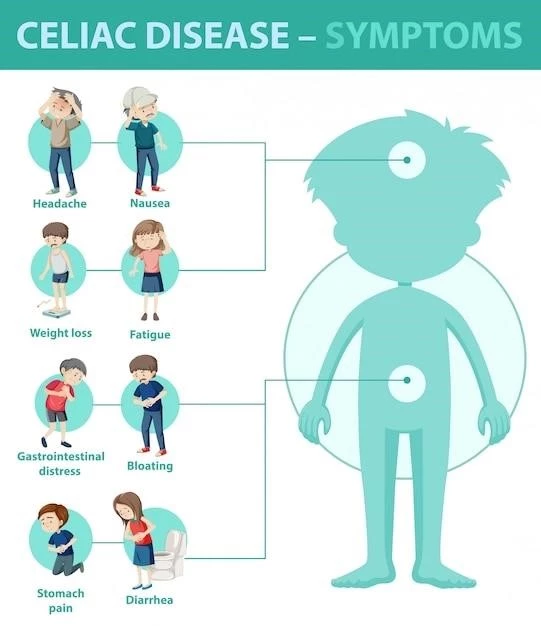Introduction
Hypomelanosis of Ito‚ previously known as incontinentia pigmenti achromians‚ is a rare neurocutaneous disorder first described by Ito in 1952․ It is characterized by linear nevoid hypopigmentation along the lines of Blaschko․
Ota–Kawamura–Ito syndrome‚ also known as hypomelanosis of Ito‚ is a rare neurocutaneous disorder characterized by linear nevoid hypopigmentation along the lines of Blaschko․ It represents the third most frequent neurocutaneous disease and is usually evident in infancy․ The syndrome involves multisystemic manifestations‚ with common defects in the central nervous and musculoskeletal systems․ Its etiology remains mysterious‚ with most cases being sporadic and no evidence of genetic transmission․

Clinical Features
Hypomelanosis of Ito (HI) presents with linear nevoid hypopigmentation along the lines of Blaschko‚ predominantly on limbs and trunk‚ evident from infancy․
Overview of Ota–Kawamura–Ito syndrome
Ota–Kawamura–Ito syndrome‚ known as hypomelanosis of Ito‚ is a rare disorder characterized by linear nevoid hypopigmentation along Blaschko lines‚ typically seen in infancy․ The syndrome involves multisystemic manifestations with primary defects in the central nervous and musculoskeletal systems․ Although its etiology is not fully understood‚ the majority of cases are sporadic with no clear genetic transmission patterns․
Associated Neurological and Musculoskeletal Manifestations
Neurological manifestations of Ota–Kawamura–Ito syndrome may include seizures‚ psychomotor delay‚ hemimegaloencephaly‚ microcephaly‚ autism‚ ataxia‚ cerebral hypoplasia‚ agenesis of the corpus callosum‚ and psychiatric symptoms․ Musculoskeletal symptoms may involve hemihypertrophy‚ asymmetric limbs‚ finger abnormalities‚ hypotonia‚ scoliosis‚ short stature‚ and chest wall deformities․ These manifestations are crucial in diagnosing and managing the syndrome․
Cardiac and Ophthalmological Symptoms
Cardiac manifestations of Ota–Kawamura–Ito syndrome may include tetralogy of Fallot‚ septal defects‚ and pulmonary stenosis․ Ophthalmological symptoms can present with retinal hypopigmentation as the most common complication‚ along with dacryostenosis‚ strabismus‚ astigmatism‚ nystagmus‚ ptosis‚ hypertelorism‚ and cataracts․ These symptoms are crucial in the comprehensive evaluation and management of the syndrome․
Genitourinary and Oro-dental Anomalies
Genitourinary anomalies associated with Ota–Kawamura–Ito syndrome may include single kidney‚ cystic kidney disease‚ micropenis‚ cryptorchidism‚ and urethral duplication․ Oro-dental anomalies can present as dental dysplasia‚ hypoplasia‚ tooth malformations‚ and anodontia․ These anomalies are important features to consider in the overall evaluation and management of patients with this syndrome․
Other Vascular Abnormalities
Abdominal aortic hypoplasia and brain arteriovenous malformations are potential vascular abnormalities associated with Ota–Kawamura–Ito syndrome․ These anomalies contribute to the complex multisystemic nature of the syndrome‚ emphasizing the importance of comprehensive evaluation and management in affected individuals․
Diagnostics
Hypomelanosis of Ito is diagnosed by the presence of linear nevoid hypopigmentation along Blaschko lines on the limbs and trunk‚ typically evident from infancy․
Diagnosis Criteria for Ota–Kawamura–Ito Syndrome
Diagnosis of Ota–Kawamura–Ito syndrome is primarily based on identifying linear nevoid hypopigmentation along the Blaschko lines‚ typically observed on the limbs and trunk‚ particularly evident in infancy․
Pathophysiology of Hypomelanosis of Ito
The pathophysiology of Hypomelanosis of Ito involves pigmentary mosaicism‚ with the condition characterized by different pigmented skin areas corresponding to the distribution of two different cell lines within the body․ The exact etiology of this mosaicism remains largely unknown‚ with sporadic cases being more common than genetically inherited ones․ The condition typically presents with linear nevoid hypopigmentation along the Blaschko lines‚ manifesting early in life․
Importance of Early Detection and Evaluation
Early detection and evaluation of Ota–Kawamura–Ito syndrome are crucial to initiate early interventions and medical management‚ addressing the multisystemic manifestations associated with the condition․ Timely identification allows for appropriate monitoring and support for improved outcomes and quality of life for affected individuals․
Treatment and Management
Current approaches to managing Ota–Kawamura–Ito syndrome focus on addressing the multisystemic manifestations through a coordinated interprofessional team for optimal care outcomes․
Current Approaches to Managing Ota–Kawamura–Ito Syndrome
Management of Ota–Kawamura–Ito syndrome focuses on a collaborative interprofessional team approach‚ coordinating care to address the multisystemic manifestations associated with the condition․ Individualized treatment plans‚ regular monitoring‚ and early intervention are key components of effective management strategies․
Interprofessional Team Coordination for Optimal Care
Optimal care for individuals with Ota–Kawamura–Ito syndrome involves effective coordination among interprofessional teams․ This collaboration ensures comprehensive evaluation‚ patient-centered management‚ and improved outcomes by addressing the complex multisystemic manifestations associated with the syndrome․

Research and Studies
Recent findings on Ota–Kawamura–Ito syndrome focus on the pathophysiology of hypomelanosis‚ diagnostic criteria identification‚ and the importance of enhanced care coordination for effective evaluation and management․
Recent Findings on Ota–Kawamura–Ito Syndrome
Recent studies have focused on the pathophysiology‚ diagnostic criteria‚ and importance of enhanced interprofessional team coordination to ensure effective evaluation and management of Ota–Kawamura–Ito syndrome․ These findings contribute significantly to understanding and addressing this complex neurocutaneous disorder․
Key Research Papers and Publications
Ito N․ A case of Incontinentia Pigmenti Achromians (Hypomelanosis of Ito)․ Arch Dermatol․ 1952;66(4)⁚430․ PMID⁚ 12984971
Hergersberg M‚ Kuster W‚ Happle R․ Hypomelanosis of Ito⁚ A Study on 76 Infantile Cases․ Brain Dev․ 1998;20(1)⁚36-43; PMID⁚ 9533559
Ruiz-Maldonado R‚ Toussaint S‚ et al․ Diagnostic Criteria and Report of 41 Cases of Hypomelanosis of Ito․ Pediatr Dermatol․ 1992;9(1)⁚1-10․ PMID⁚ 1574469
Schwartz MF Jr‚ Esterly NB‚ et al․ Hypomelanosis of Ito⁚ Spectrum of the Disease․ J Pediatr․ 1989;115(1)⁚75-80․ PMID⁚ 2738798
